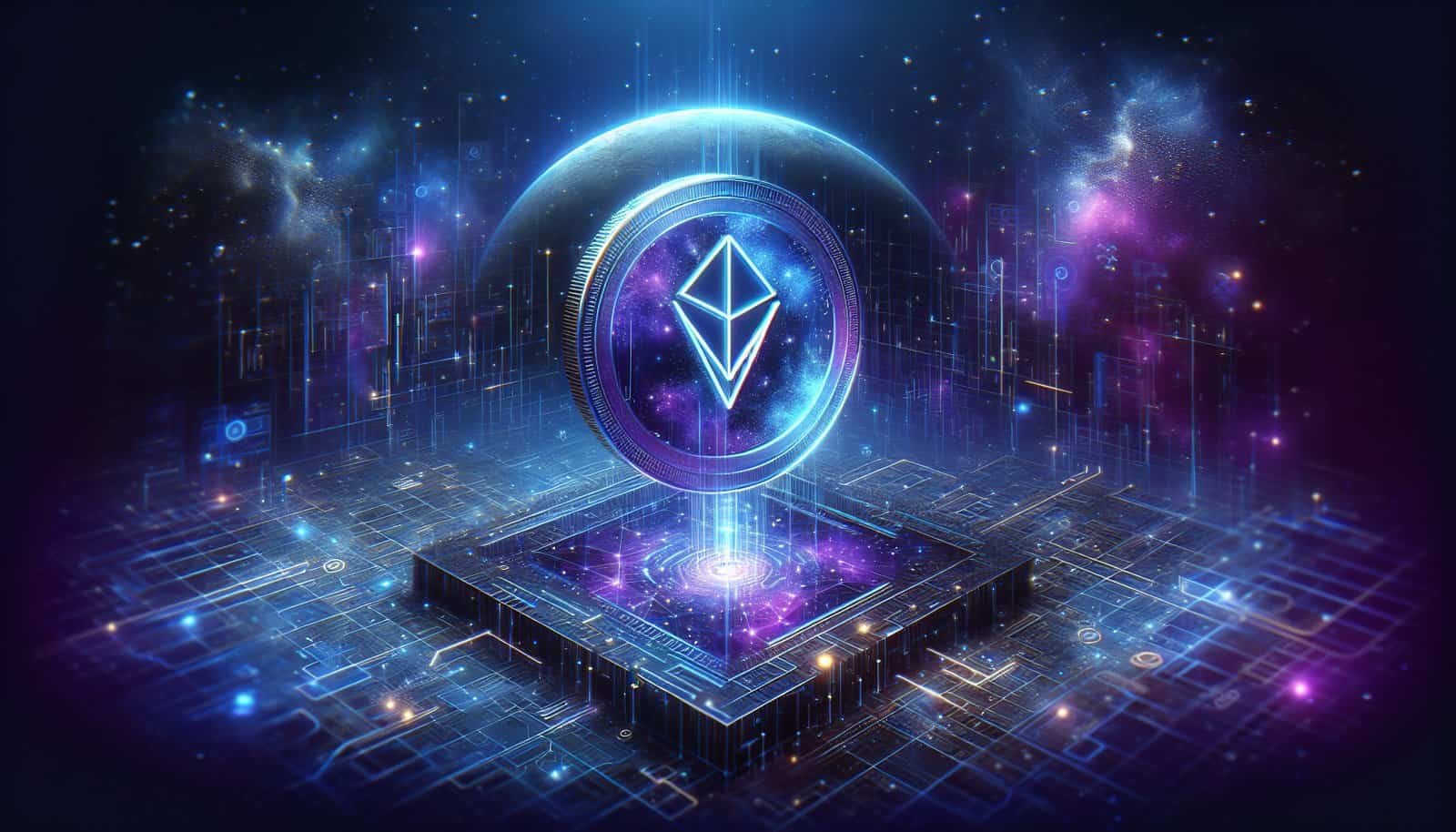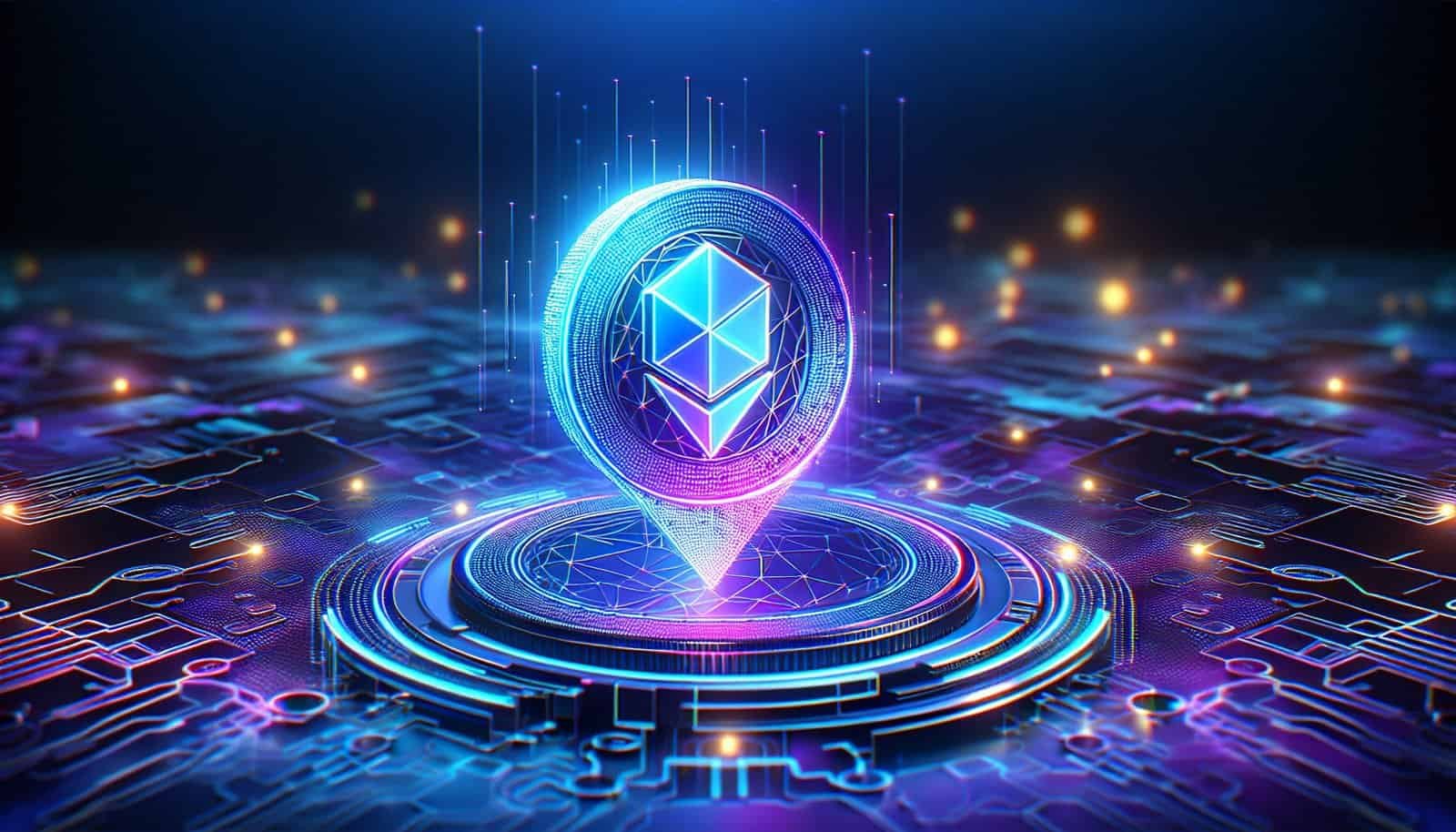Have you ever wondered what the world of NFTs looks like in 2025? As we peek into the future, we find ourselves at a crossroads where technology and digital assets continue to shape our world. This article aims to explore whether NFTs are still holding their allure and influencing the digital economy.

What Are NFTs?
Let’s first revisit what NFTs actually are. NFT stands for Non-Fungible Token, a unique digital asset that represents ownership of a specific item or piece of content, such as digital art, music, or even tweets. Unlike cryptocurrencies like Bitcoin or Ethereum, which are fungible and can be exchanged for one another, NFTs are built on blockchain technology that certifies their uniqueness and ownership.
A Brief History of NFTs
NFTs surged into popularity in the early 2020s, radically changing the way we perceive ownership in the digital sphere. Artists, musicians, and creators found a platform to showcase and monetize their work, attracting a global audience. By 2021, major auction houses were selling NFTs for millions, sparking both excitement and skepticism.
The Growth Trajectory of NFTs
To better understand whether NFTs remain popular in 2025, it’s valuable to look at their growth trajectory over time.
Early Days: 2017-2020
NFTs started gaining some traction around 2017 with projects like CryptoKitties, which allowed users to collect and breed digital cats. This novelty quickly captured the tech-savvy audience’s imagination and established NFTs as a new form of digital asset.
Boom Period: 2020-2022
Around 2020, NFTs experienced a massive boom, driven by high-profile sales and growing acceptance from traditional art markets. Digital artists like Beeple made headlines with record-breaking sales. Platforms such as OpenSea and Rarible became synonymous with NFT trading, offering creators a space to mint and sell their unique pieces.
Stabilization and Evolution: 2023-2025
From 2023 onwards, the frenzied pace seemed to stabilize. The hype slowly transitioned into a more mature understanding and appreciation of what NFTs could provide. By 2025, NFTs have found their place in diverse fields like virtual real estate, collectibles, gaming, and even identification systems.

The Role of NFTs in Different Industries
NFTs have made their way into various sectors, enhancing and sometimes disrupting traditional models.
Art and Entertainment
In the art world, NFTs have remained a powerful tool for artists to authenticate and monetize their work. The rise of virtual galleries and exhibitions makes art more accessible, opening up opportunities for talent from underrepresented communities.
In entertainment, NFTs have been used by musicians and filmmakers to offer fans exclusive content, behind-the-scenes access, and even governance rights over certain pieces of creative work.
Gaming
NFTs have revolutionized gaming by offering players outright ownership of in-game assets. Characters, skins, and virtual land can be bought, sold, or traded, providing a new level of engagement and economic activity. Popular games incorporate NFT ecosystems, giving players unique experiences and rewards.
Real Estate
Virtual real estate has become a lucrative market, with digital spaces selling in metaverses for millions. NFTs play a crucial role in this, certifying ownership and enabling users to buy, sell, and develop their virtual plots.
Identity and Certification
NFTs are increasingly used in identity verification and certification, ensuring authenticity and transparency. This is particularly helpful in sectors like education, where academic credentials can be verified as NFTs, reducing the risk of fraud.

Market Sentiments and Challenges
While NFTs have carved out a significant niche, they also face challenges and critique.
Environmental Concerns
One of the major criticisms of NFTs revolves around their environmental impact. The underlying blockchain technology for many NFTs, particularly Ethereum, was initially energy-intensive. This has led to a push for greener solutions and platforms that employ more sustainable practices.
Market Volatility
NFT markets have experienced fluctuations, with some assets depreciating considerably after their initial sale. This volatility has led to discussions about the real value of NFTs and the possibility of them being a speculative bubble.
Legal and Regulatory Issues
As the use of NFTs expands, so does the complexity of their legal standing. Issues around copyright, transfer of ownership, and regulatory compliance have come to the forefront, prompting calls for clearer guidelines and policies.

The Future of NFTs: Trends and Predictions
As we stand in 2025, several future trends and predictions can be gleaned about the potential of NFTs.
Integration with Physical Assets
Hybrids that link NFTs with physical items are becoming more common, allowing for tangible ownership and interaction with digital tokens. This integration is likely to blur the lines between the digital and physical worlds even further.
Expansion into New Areas
New applications for NFTs continue to emerge, from providing financial solutions to facilitating social impact projects. The versatility of this technology offers endless possibilities for innovation across various domains.
Increased Interoperability
Projects are underway to enhance the interoperability of NFTs across different blockchain networks. This would simplify the process for users and expand the usability of NFTs in diverse applications.

Conclusion
Are NFTs still popular in 2025? The answer lies not just in isolated popularity metrics, but in their pervasive integration into numerous facets of life and industry. NFTs have evolved from fleeting trends into essential components of the digital and physical world. They continue to open doors and create new opportunities, all while reimagining the concept of ownership for the digital age. NFTs are not just surviving; they’re thriving in 2025, transforming the way we interact with technology and each other.
